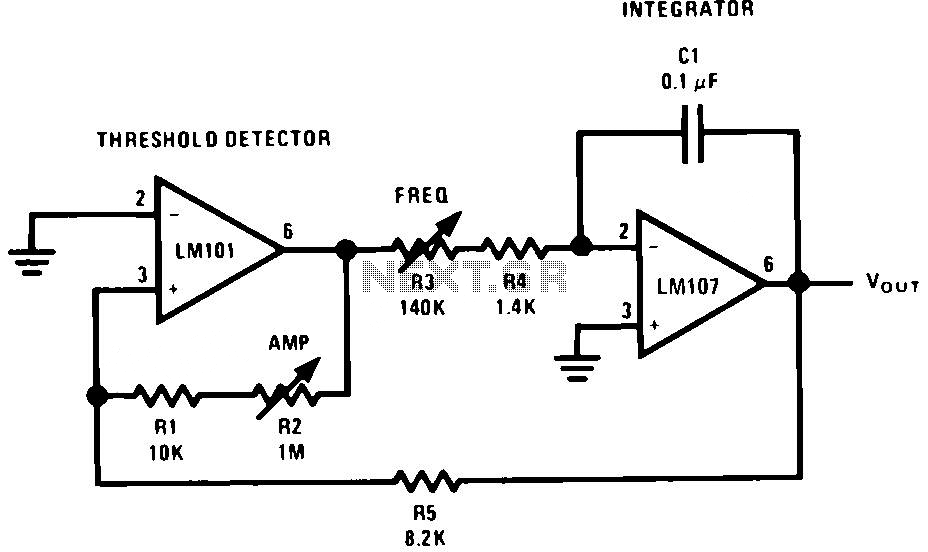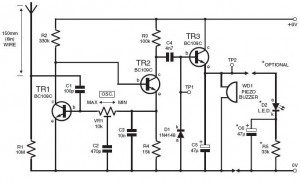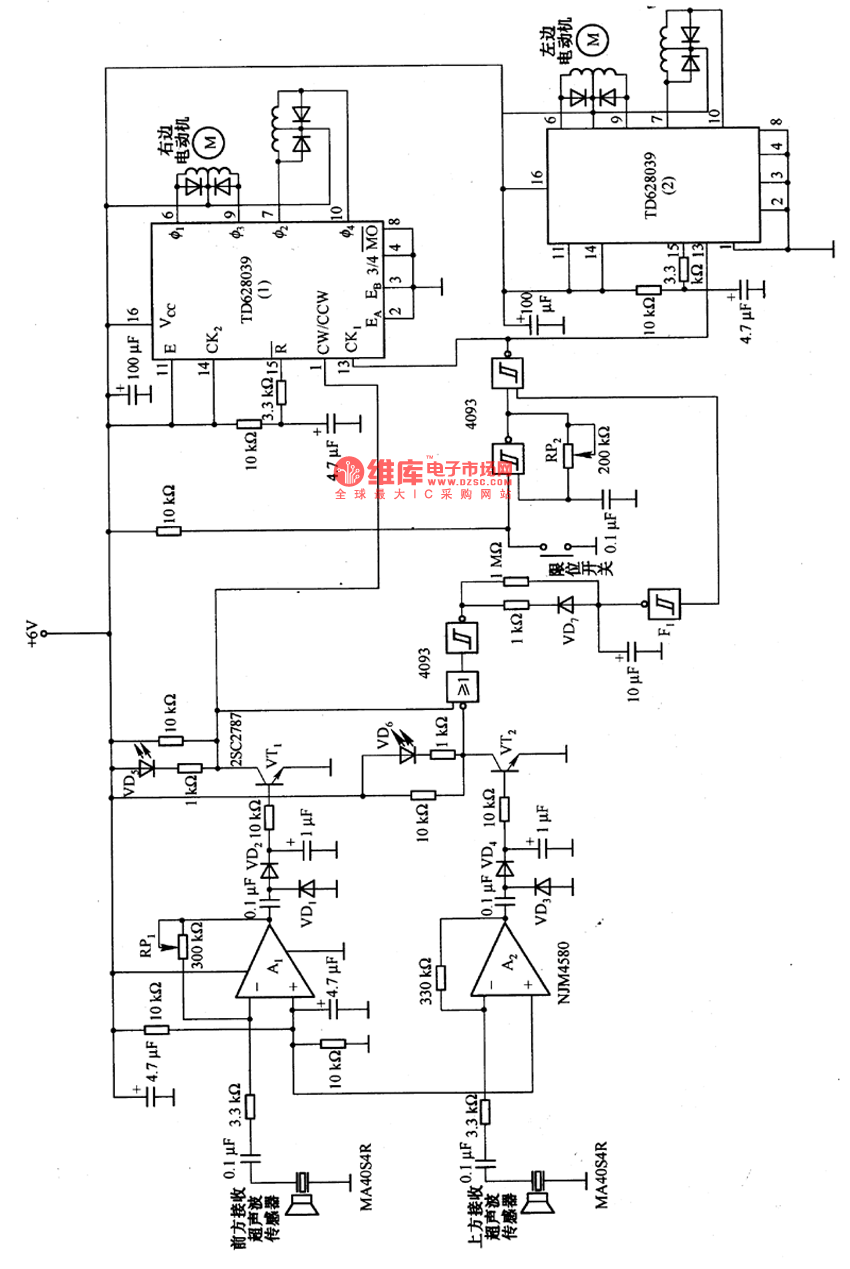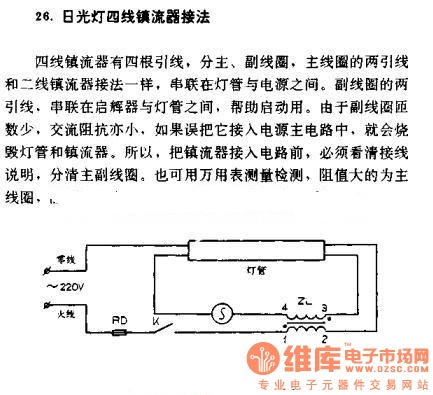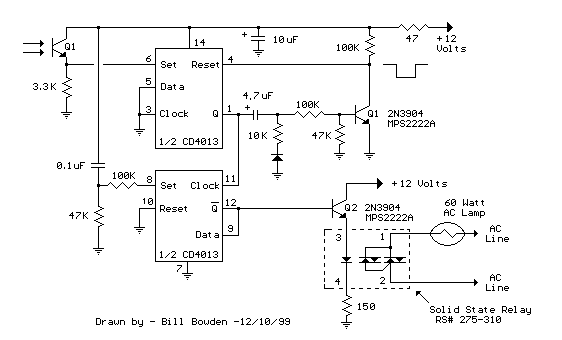
Simple optical switch circuit
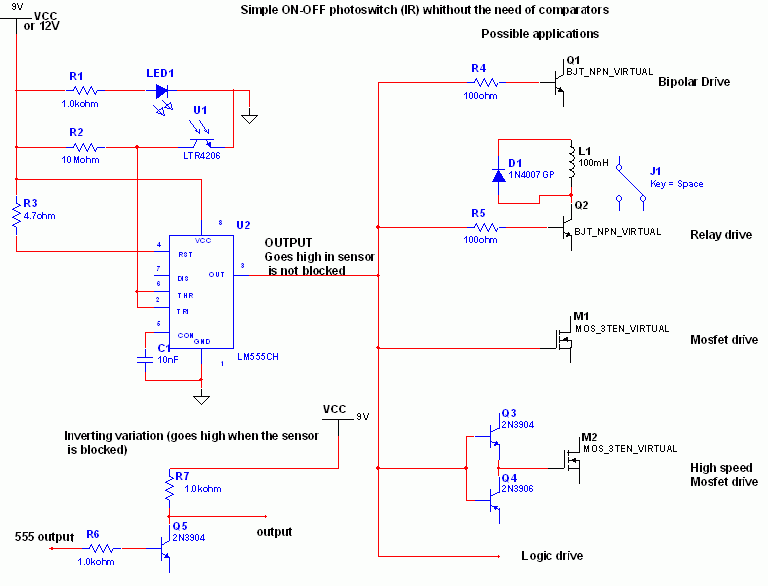
The 555 timer is recognized as one of the most versatile and widely used integrated circuits globally. One of its potential applications is as a simple inverting Schmitt trigger.
The 555 timer can be configured in various modes, including monostable, astable, and bistable configurations, allowing it to perform a multitude of functions. When used as an inverting Schmitt trigger, the 555 timer provides a stable output that transitions between high and low states based on the input signal's voltage level.
In this configuration, the circuit typically includes a resistor and a capacitor to set the threshold and trigger levels. The input signal is applied to the trigger pin (pin 2), while the threshold pin (pin 6) monitors the voltage across the capacitor. The output (pin 3) will switch states when the input signal crosses the defined threshold levels, providing hysteresis that prevents false triggering from noise or fluctuations in the input signal.
For a simple inverting Schmitt trigger using a 555 timer, the following components are essential:
- A 555 timer IC
- Two resistors (R1 and R2) to set the upper and lower threshold voltages
- A capacitor (C) to determine the timing characteristics
- A power supply (typically +5V to +15V depending on the application)
The values of R1, R2, and C can be calculated based on the desired switching thresholds and the rate of response for the input signal. The configuration ensures that the output provides a clean digital signal that is less susceptible to noise, making it ideal for applications such as signal conditioning, waveform shaping, and interfacing with digital logic circuits.
In summary, the 555 timer's ability to function as a simple inverting Schmitt trigger showcases its versatility and reliability in various electronic applications.The 555 is proved to be the most versatile and ubiquitous IC all over the world.This is a possible use: simple inverting schmitt trigger.. 🔗 External reference
The 555 timer can be configured in various modes, including monostable, astable, and bistable configurations, allowing it to perform a multitude of functions. When used as an inverting Schmitt trigger, the 555 timer provides a stable output that transitions between high and low states based on the input signal's voltage level.
In this configuration, the circuit typically includes a resistor and a capacitor to set the threshold and trigger levels. The input signal is applied to the trigger pin (pin 2), while the threshold pin (pin 6) monitors the voltage across the capacitor. The output (pin 3) will switch states when the input signal crosses the defined threshold levels, providing hysteresis that prevents false triggering from noise or fluctuations in the input signal.
For a simple inverting Schmitt trigger using a 555 timer, the following components are essential:
- A 555 timer IC
- Two resistors (R1 and R2) to set the upper and lower threshold voltages
- A capacitor (C) to determine the timing characteristics
- A power supply (typically +5V to +15V depending on the application)
The values of R1, R2, and C can be calculated based on the desired switching thresholds and the rate of response for the input signal. The configuration ensures that the output provides a clean digital signal that is less susceptible to noise, making it ideal for applications such as signal conditioning, waveform shaping, and interfacing with digital logic circuits.
In summary, the 555 timer's ability to function as a simple inverting Schmitt trigger showcases its versatility and reliability in various electronic applications.The 555 is proved to be the most versatile and ubiquitous IC all over the world.This is a possible use: simple inverting schmitt trigger.. 🔗 External reference
Warning: include(partials/cookie-banner.php): Failed to open stream: Permission denied in /var/www/html/nextgr/view-circuit.php on line 713
Warning: include(): Failed opening 'partials/cookie-banner.php' for inclusion (include_path='.:/usr/share/php') in /var/www/html/nextgr/view-circuit.php on line 713
